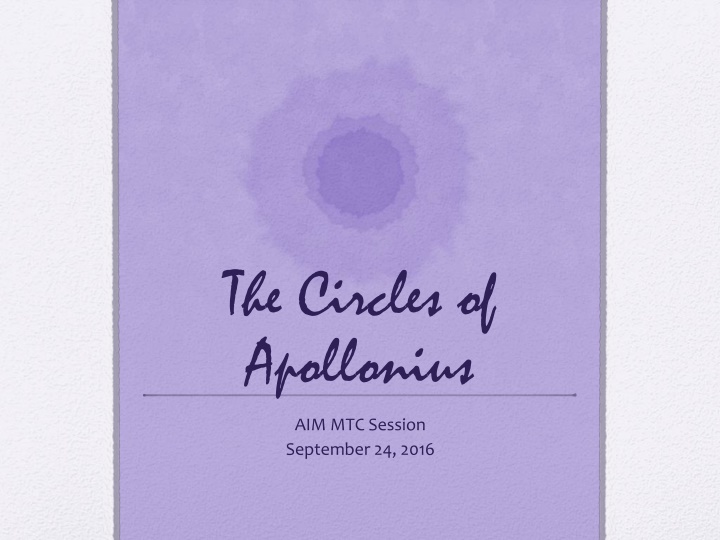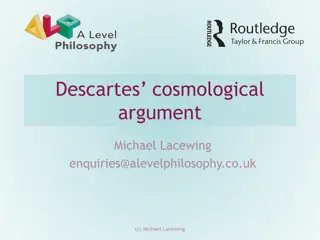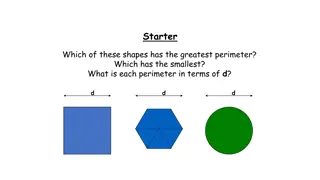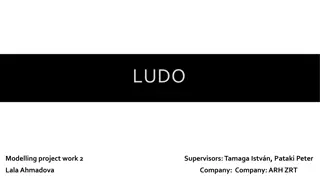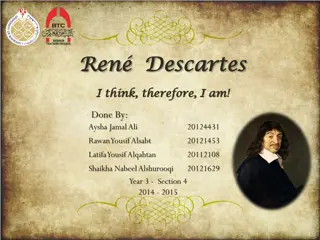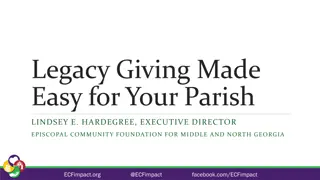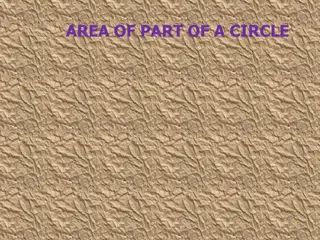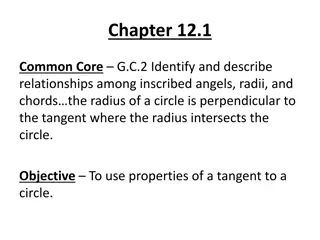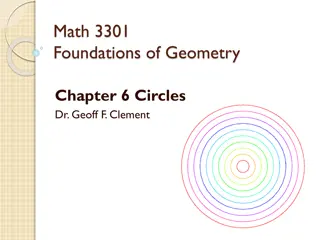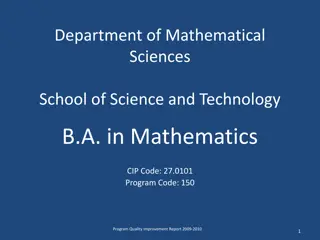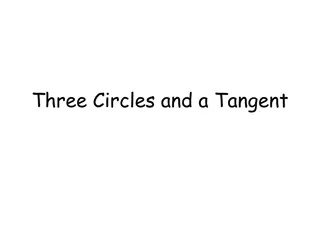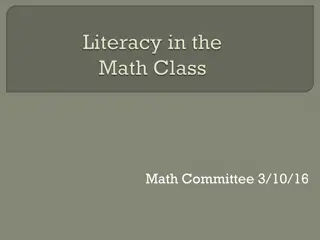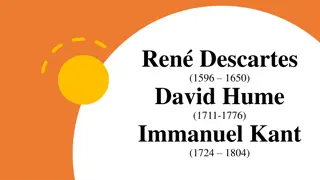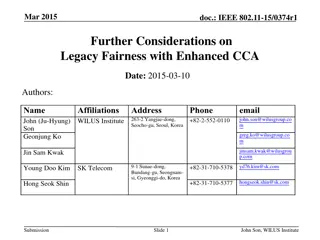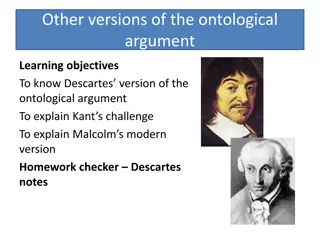The Circles of Apollonius and Descartes: Mathematical Legacy
Apollonius of Perga, an ancient Greek mathematician, laid the foundation for conics and the Circle Problem, inspiring later scholars like Princess Elisabeth of Bohemia and René Descartes. Their contributions to solving mathematical challenges have left a lasting impact on geometry and analytical thinking.
Uploaded on Feb 16, 2025 | 8 Views
Download Presentation

Please find below an Image/Link to download the presentation.
The content on the website is provided AS IS for your information and personal use only. It may not be sold, licensed, or shared on other websites without obtaining consent from the author.If you encounter any issues during the download, it is possible that the publisher has removed the file from their server.
You are allowed to download the files provided on this website for personal or commercial use, subject to the condition that they are used lawfully. All files are the property of their respective owners.
The content on the website is provided AS IS for your information and personal use only. It may not be sold, licensed, or shared on other websites without obtaining consent from the author.
E N D
Presentation Transcript
The Circles of Apollonius AIM MTC Session September 24, 2016
Apollonius of Perge (c.262-c.190 BC) Ancient Greek mathematician Born in Perge (southern Asia Minor) Educated in Alexandria (?) Not really sure when he lived
Conics Most famous extant work (8 books: first four are still in original Greek, next three were translated to Arabic in 9thC., 8thbook lost) Gave first definition of the double cone First to use terms ellipse and hyperbola First to treat ellipse, parabola, and hyperbola as sections of the same cone
Tangencies Source of the Circle Problem Lost (no versions have been found)
How did the Circle Problem survive? Pappus of Alexandria (c.290-c.350 AD) Commented on Euclid, Apollonius, and Ptolemy Also created his own theorems, extensions Mentioned the Circle Problem of Apollonius Later solutions by van Roomen (1596), Vi te, Descartes, Newton, Euler, Gauss, Cauchy, etc.
SJMTC Logo: Notice and Wonder Statements Questions
Princess Elisabeth of Bohemia (1618-1680) Born in Heidelberg, grew up in the Netherlands, later ran an abbey Engaged in philosophical discussions with Descartes, as well as mathematical ones Asked Descartes how to find the radius of a circle that is tangent to three mutually tangent circles Special case of the Circle Problem, but also more precise
Ren Descartes (1596-1650) Though French, spent most of his life in Netherlands I think, therefore I am Cartesian coordinates Answered Princess Elisabeth s question
Curvature and Sign Definition: plus/minus the reciprocal of the radius (concave/convex) k = 1 Formula: r What is between concave and convex? What curvature would it have?
Solution If there are four mutually tangent circles, then their curvatures satisfy: ( ) 2=2(k1 k1+k2+k3+k4 2+k2 2+k3 2+k4 2) Even works if a circle is a straight line!
( ) 2=2(k1 k1+k2+k3+k4 2+k2 2+k3 2+k4 2) Look at the logo. What is the radius of the big circle? Given: 1, 2, 2, how do we know a 3 comes next in size? -1+2+2+k ( 9+6k+k2=18+2k2 0=k2-6k+9 ) 2=2(1+4+4+k2)
Explore ( ) 2=2(k1 k1+k2+k3+k4 2+k2 2+k3 2+k4 2) Find more circles Start another using (-3, 5, 8, ?) or (-6, 10, 15, ?) Start your own
Apollonian Gasket A fractal Region is filled by circles, possibly of different sizes Studied by number theorists There s even a Java applet
Extensions Why are we always getting integers for curvatures? Is that always true? If not, then what conditions make it true? Do we always get larger integers as we go? What if you have circles that sit on the integers on the number line? ???
